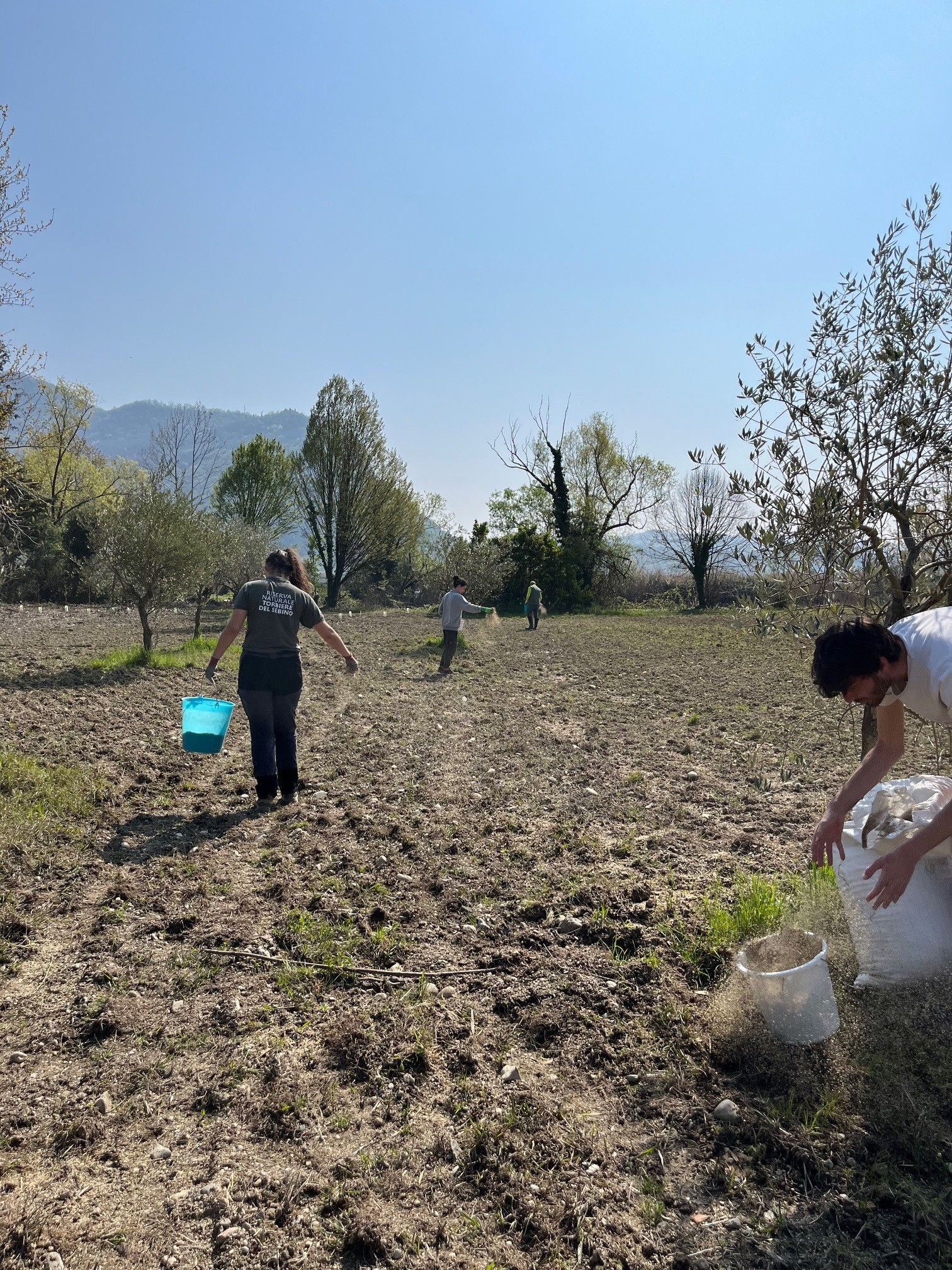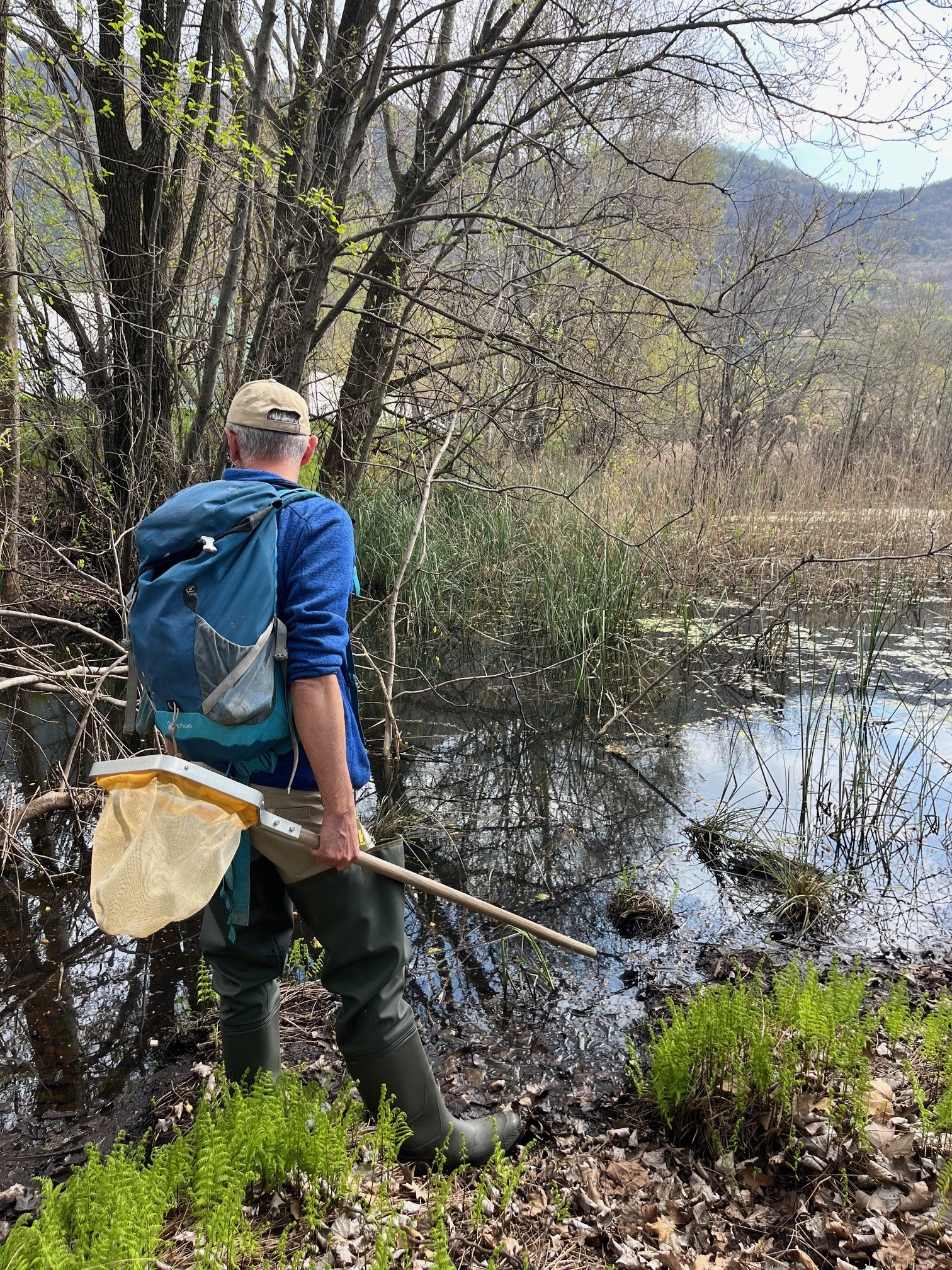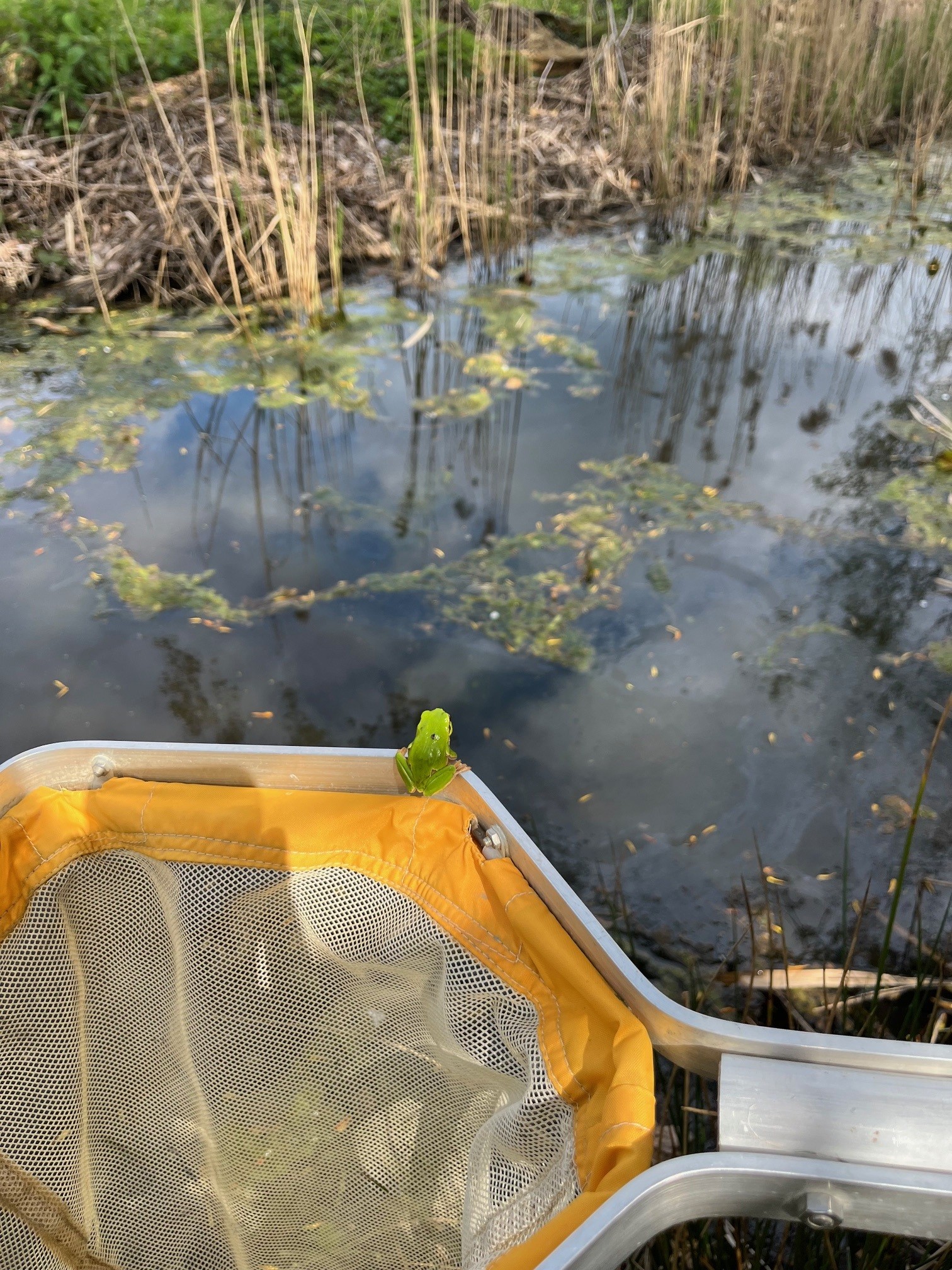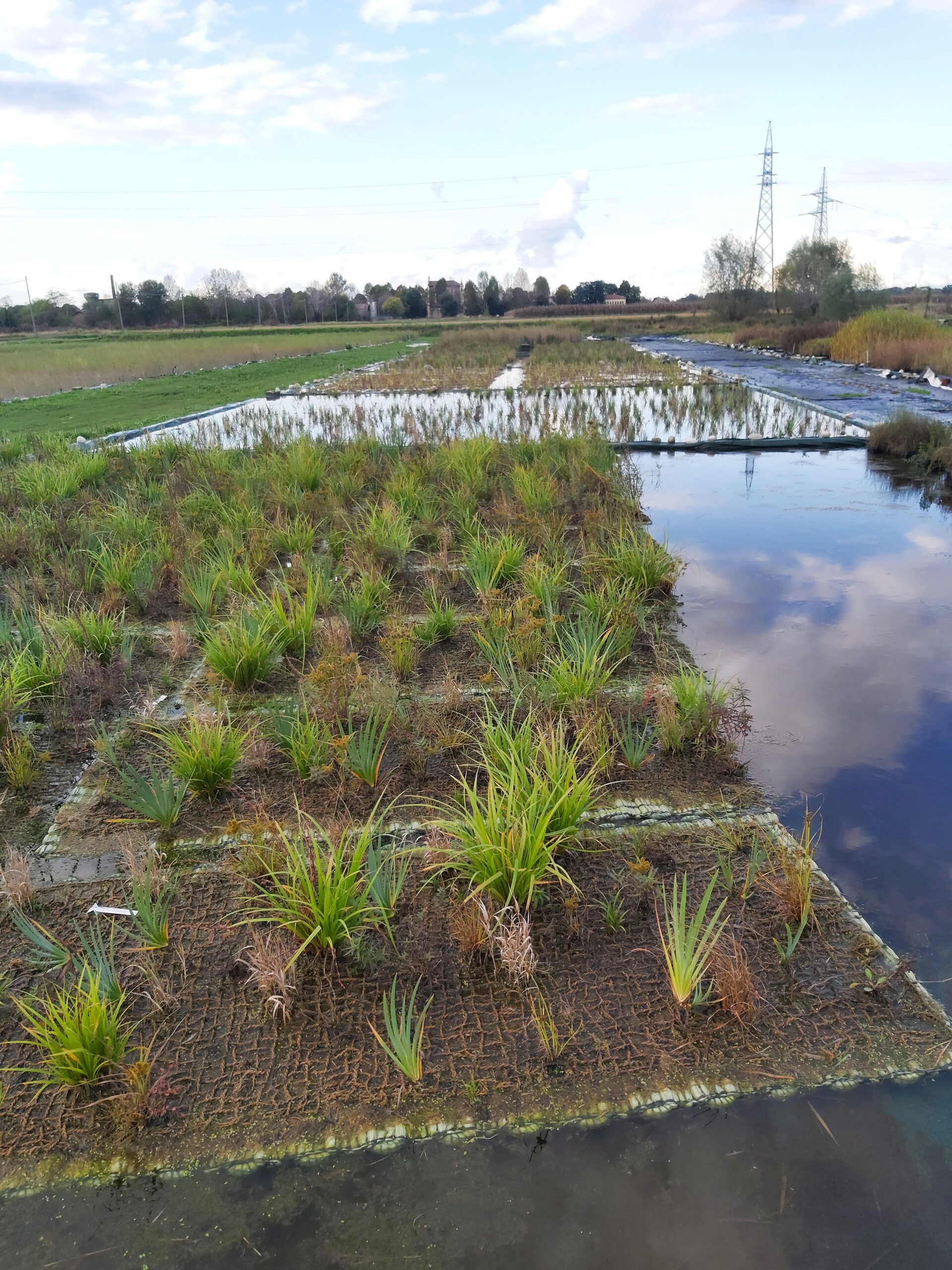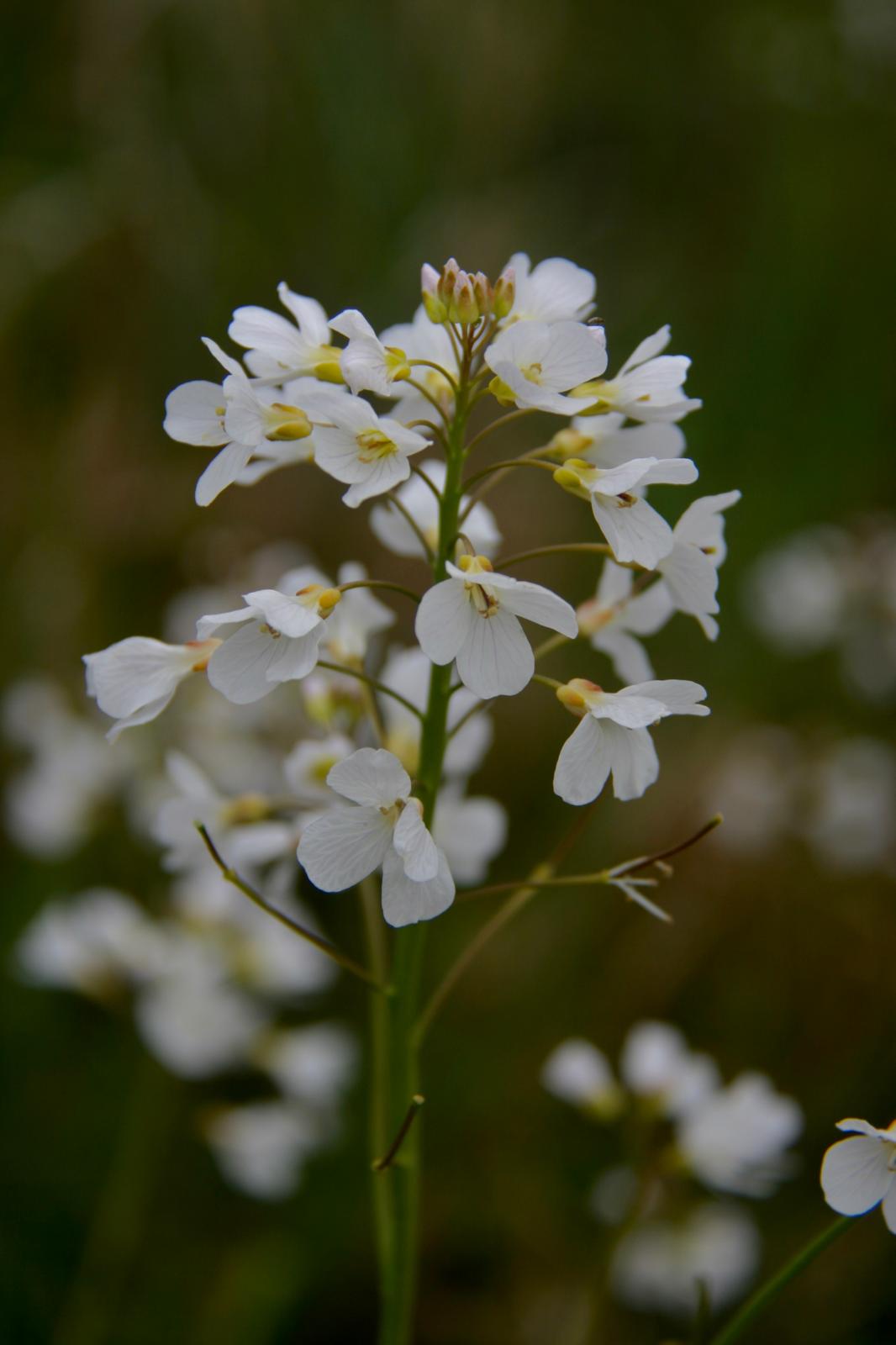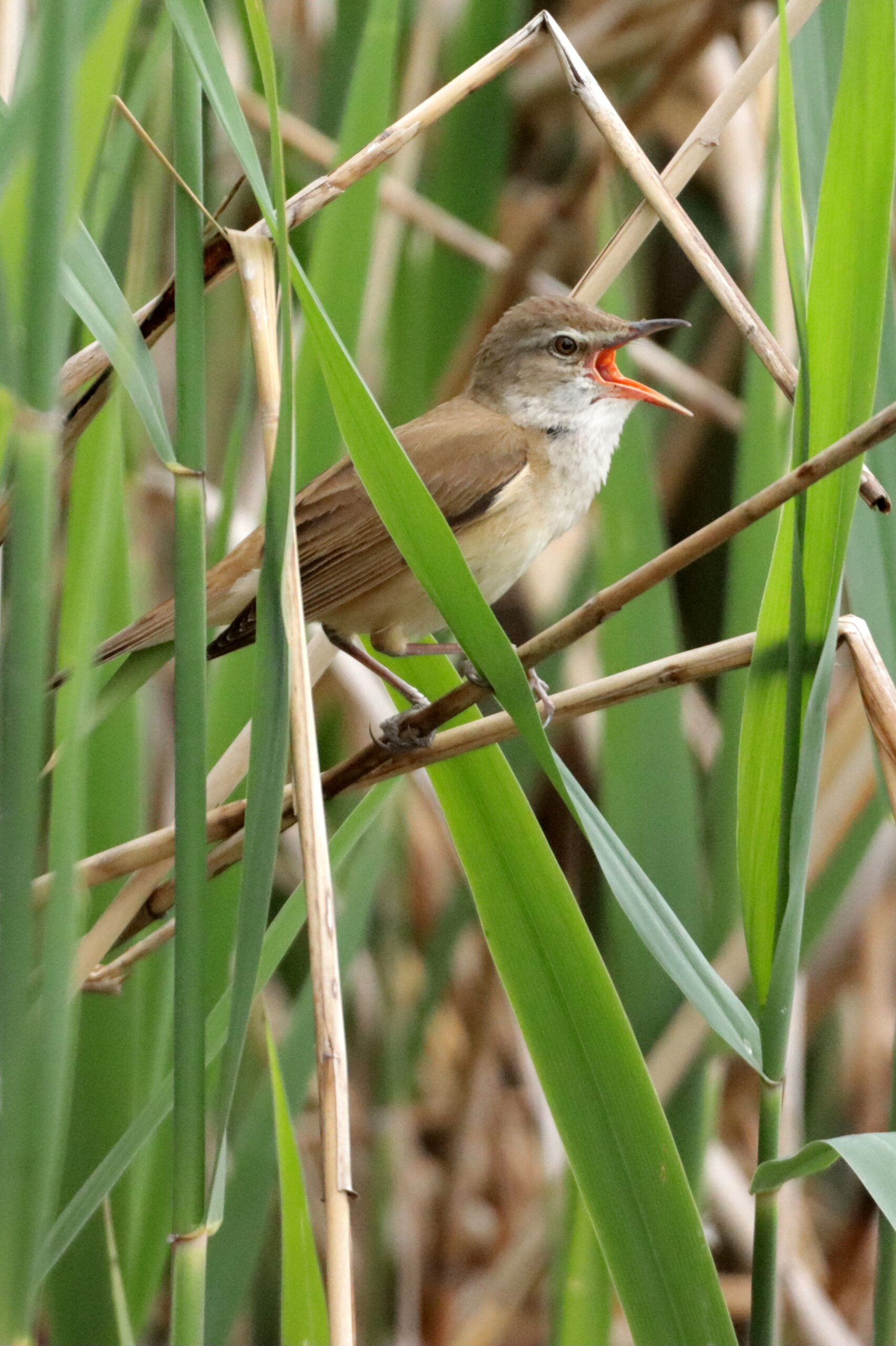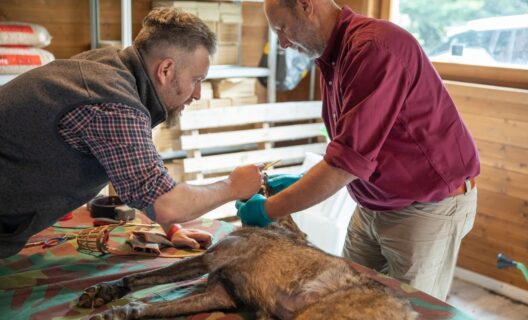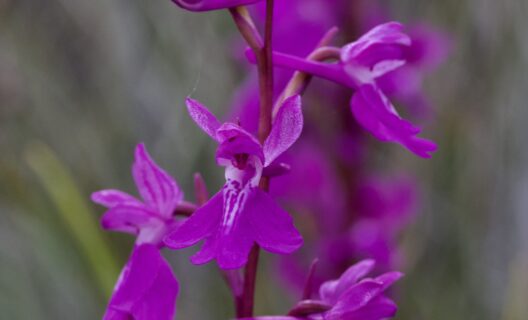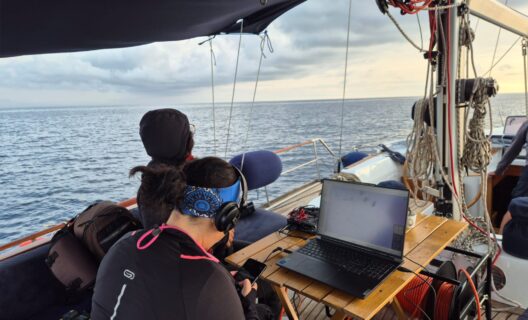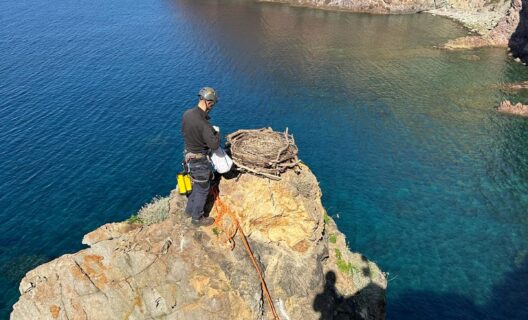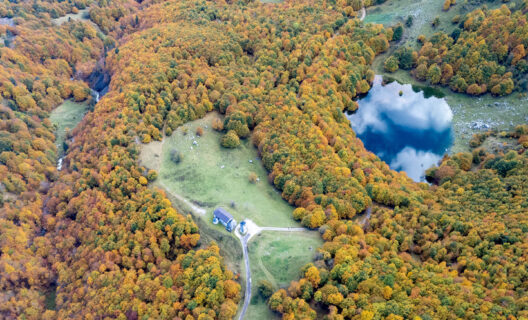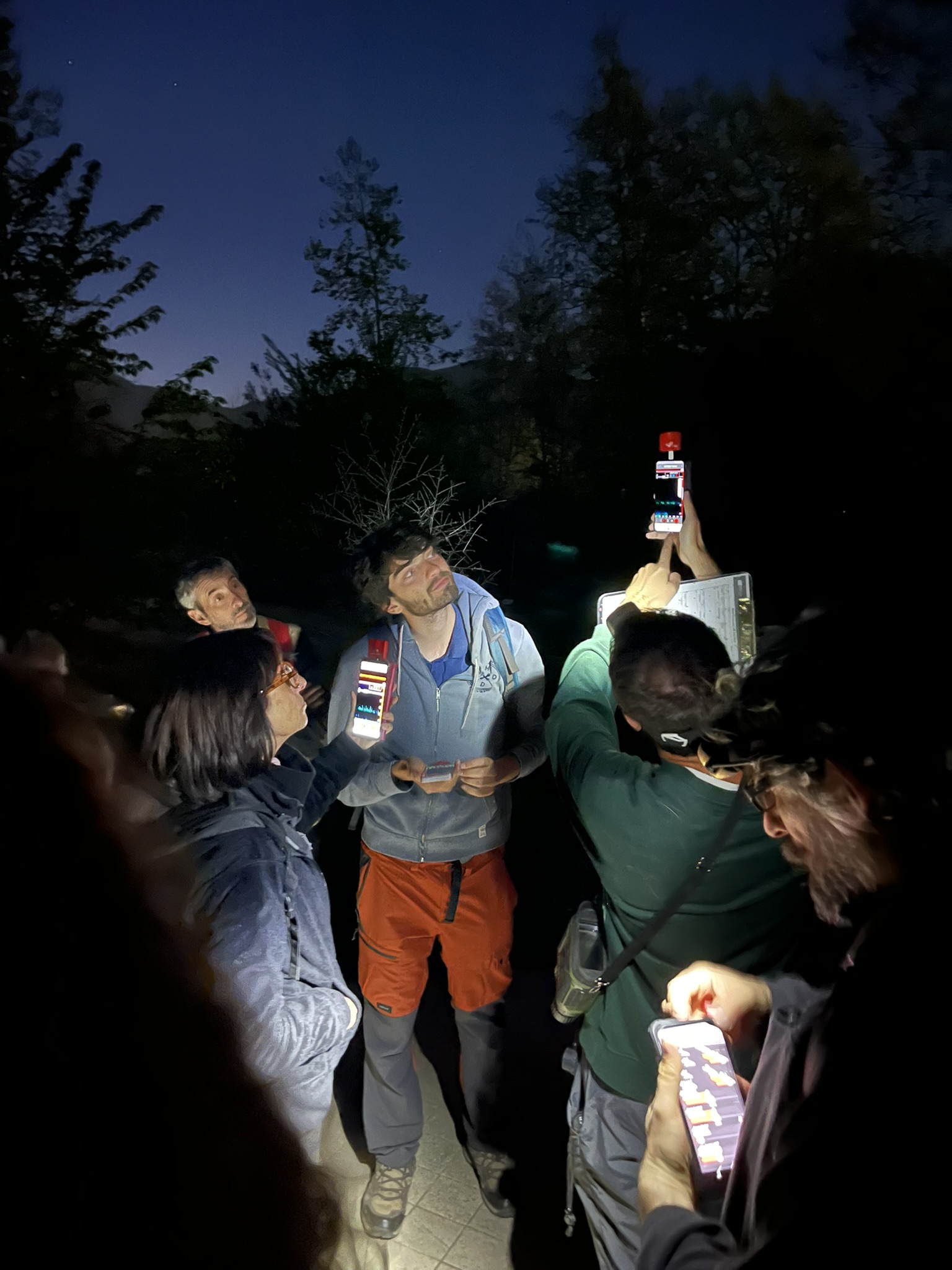
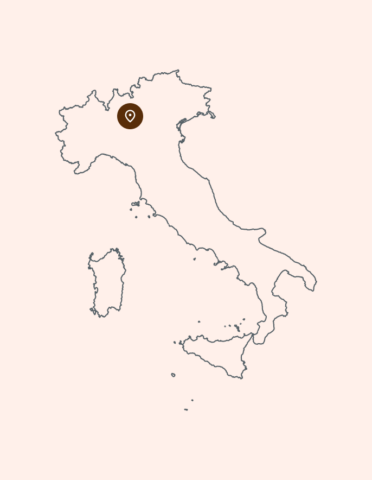
The Peatlands BioHub Project is designed to address the need to expand and unite the scientific studies that are already underway in the Torbiere del Sebino Nature Reserve to better understand its biodiversity, through monitoring technologies and data narratives. The project aims to involve the resident population in the areas of research, preservation and enhancement of the area. In addition, another key purpose of the project is to encourage learning about environmental issues and the dissemination of scientific knowledge.
Keywords
Goals
The project aims to pursue three objectives:
- Multi-disciplinary monitoring and research on water, avifauna, vegetation, bats, herpetofauna, odonatafauna, and hydroadephagous beetles.
- Environmental restoration through nature-based solutions and the creation of floating islands.
- Involvement and capacity building actions for local institutions and communities.
Stakeholders involved
- Local community of the Torbiere del Sebino Nature Reserve
- University of Milan Bicocca
- University of Brescia
- Milan State University
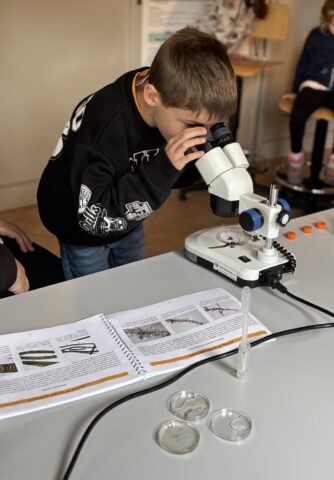
Main expected results
- In-depth knowledge of the optimal water level in the Lama area.
- Integration of avifaunal monitoring with focus on rare or localized species.
- Collection of local germplasm for reintroduction of plant species.
- Detailed monitoring of bats and other target species.
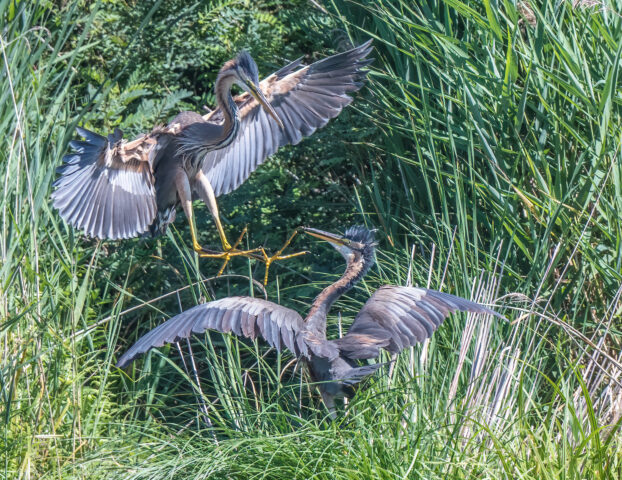
Dissemination results
The results that the project will seek to achieve will not remain confined to the sphere of insiders, but will be shared through a series of tools designed to reach different audiences and promote a widespread culture of biodiversity. A first mode of dissemination will be through scientific and popular publications, with the aim of enhancing the work done within peer-reviewed journals, articles accessible to a wider audience, and interventions in national and international conferences. Great importance will also be given to public events, workshops and seminars open to the local community, schools and stakeholders, moments designed to recount the project results and raise awareness of the importance of environmental protection. Alongside these meetings, educational and informational materials – such as brochures, guides, videos and documentaries – will be produced and distributed in schools, research centers and local libraries, helping to leave a lasting trace of the project on the ground. The digital dimension will also be central: a dedicated website will collect updates, multimedia content and insights, while social media will be used to share photographs, videos and reflections in real time, actively engaging the community. Finally, the project aims to activate collaborations and networks with other nature reserves, research institutions and related projects, to foster knowledge exchange, the dissemination of good practices and the possibility of replicating the methodologies used in other contexts.
